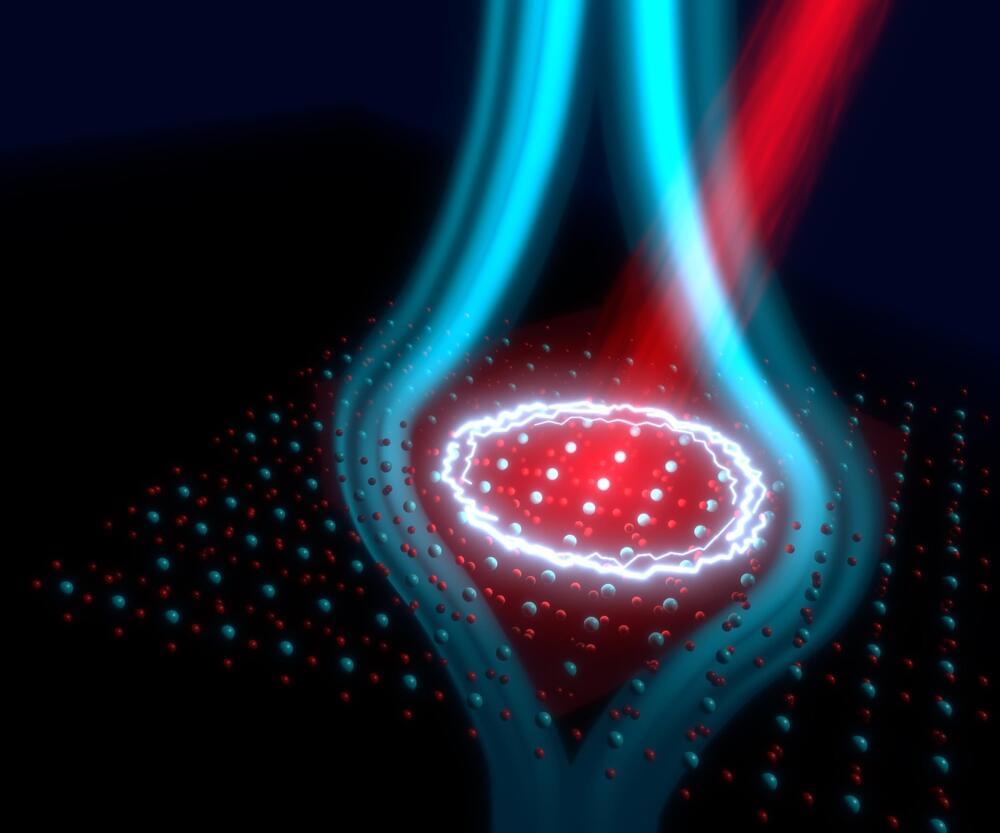Cosmic rays could offer scientists another way to track and study violent tornadoes and other severe weather phenomena, a new study suggests.



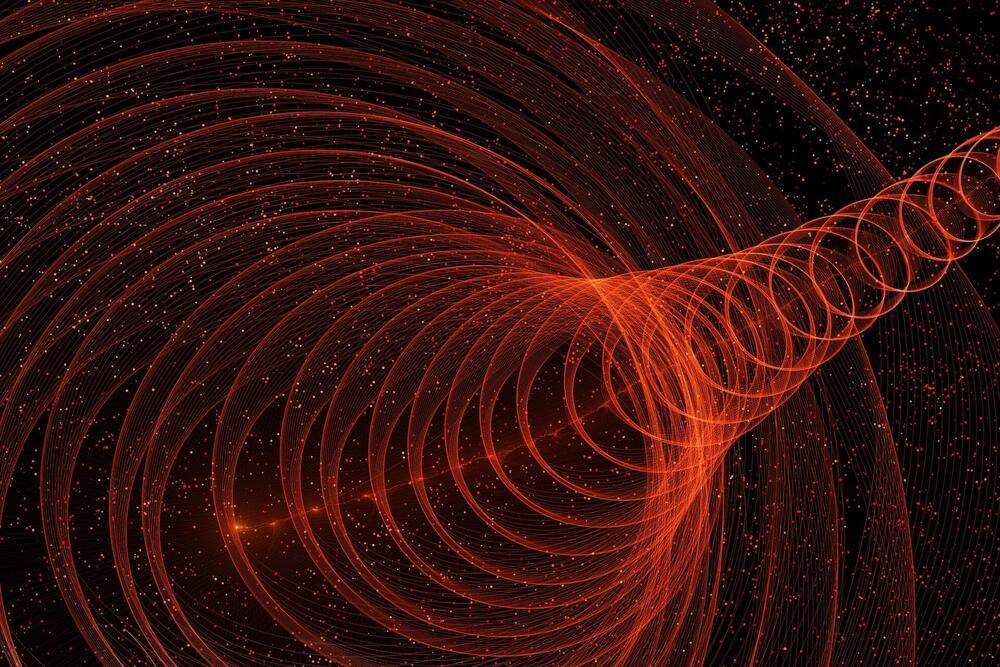
However, a paper just published in Physical Review D by physicists from the University of Warsaw and the University of Oxford has shown that many of these prejudices were unfounded. Tachyons are not only not ruled out by the theory, but allow us to understand its causal structure better.
Motion at speeds beyond the speed of light is one of the most controversial issues in physics. Hypothetical particles that could move at superluminal speeds, called tachyons (from the Greek tachýs—fast, quick), are the “enfant terrible” of modern physics. Until recently, they were widely regarded as creations that do not fit into the special theory of relativity.
At least three reasons for the non-existence of tachyons within quantum theory were known so far. The first: the ground state of the tachyon field was supposed to be unstable, which would mean that such superluminal particles would form “avalanches.” The second: a change in the inertial observer was supposed to lead to a change in the number of particles observed in his reference system, yet the existence of, say, seven particles cannot depend on who is looking at them. The third reason: the energy of the superluminal particles could take on negative values.

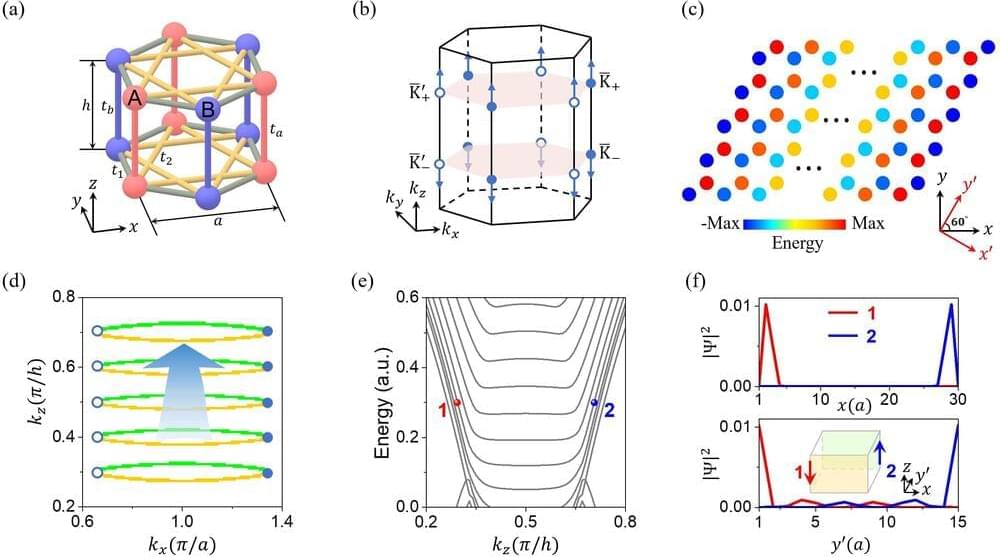
The quantum Hall effect (QHE) is one of the most notable discoveries in condensed matter physics, opening the door to topological physics. Extending QHE into three dimensions is an inspiring but challenging endeavor. This difficulty arises because the Landau levels in three dimensions extend into bands along the direction of the magnetic field, preventing the opening of bulk gaps.

Have you ever placed the palm of your left hand on the back of your right hand in such a way that all fingers point in the same direction? If you have, then you probably know that your left thumb will not touch its right counterpart. Neither rotations nor translations nor their combinations can turn a left hand into a right hand and vice versa. This feature is called chirality.
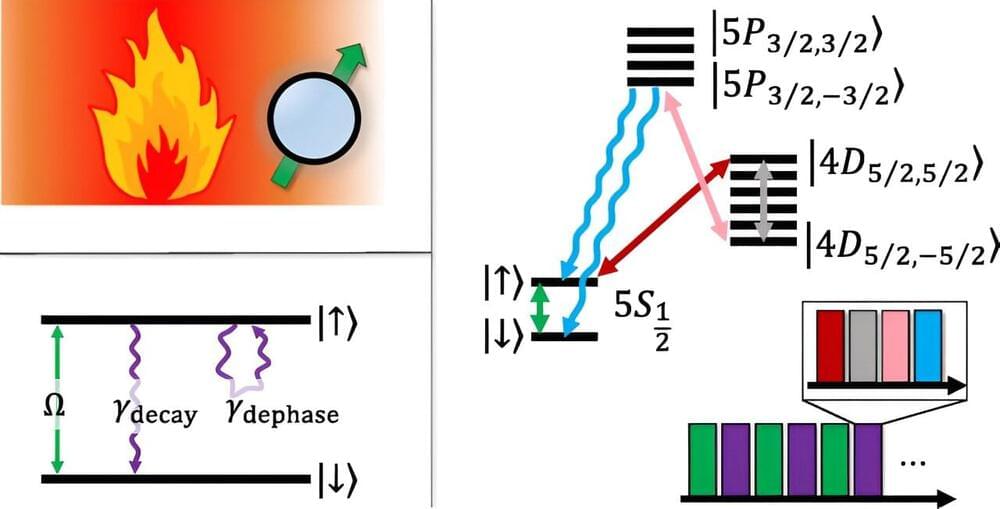
A team of physicists at the Weizmann Institute of Science in Israel has successfully demonstrated the inverse Mpemba effect at the quantum level using single trapped ions. In their study, published in the journal Physical Review Letters, the group demonstrated the effect by trapping a strontium-88 ion coupled to an external thermal bath.
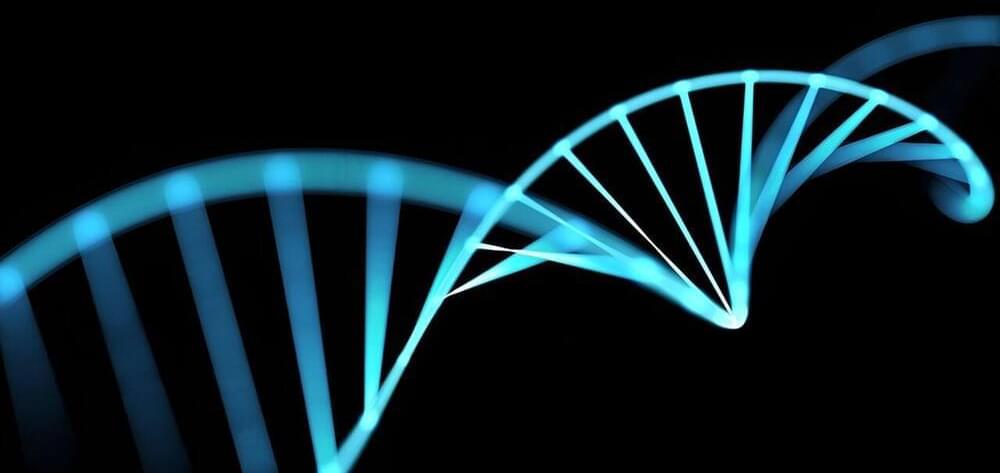
A global collaboration involving University of Manchester scientists has discovered a gene whose variants potentially cause neurodevelopmental disorders (NDDs) in hundreds of thousands of people across the world.
The findings of the University of Oxford led study, published in Nature, are an exciting first step towards the development of future treatments for the disorders which have devastating impacts on learning, behavior, speech, and movement.
While most NDDs are thought to be genetic and caused by changes to DNA, to date around 60% of individuals with the conditions do not know the specific DNA change that causes their disorder.

We evaluate the top-bottom interference contribution to the fully inclusive Higgs production cross section at next-to-next-to-leading order in QCD. Although bottom-quark-mass effects are power suppressed, the accuracy of state-of-the-art theory predictions makes an exact determination of this effect indispensable. The total effect of the interference at 13 TeV is −1.99_-0.15^+0.30 pb, while the pure mathcalO(alpha_s^4)$ correction is 0.43 pb. With this result, we address one of the leading theory uncertainties of the cross section.
